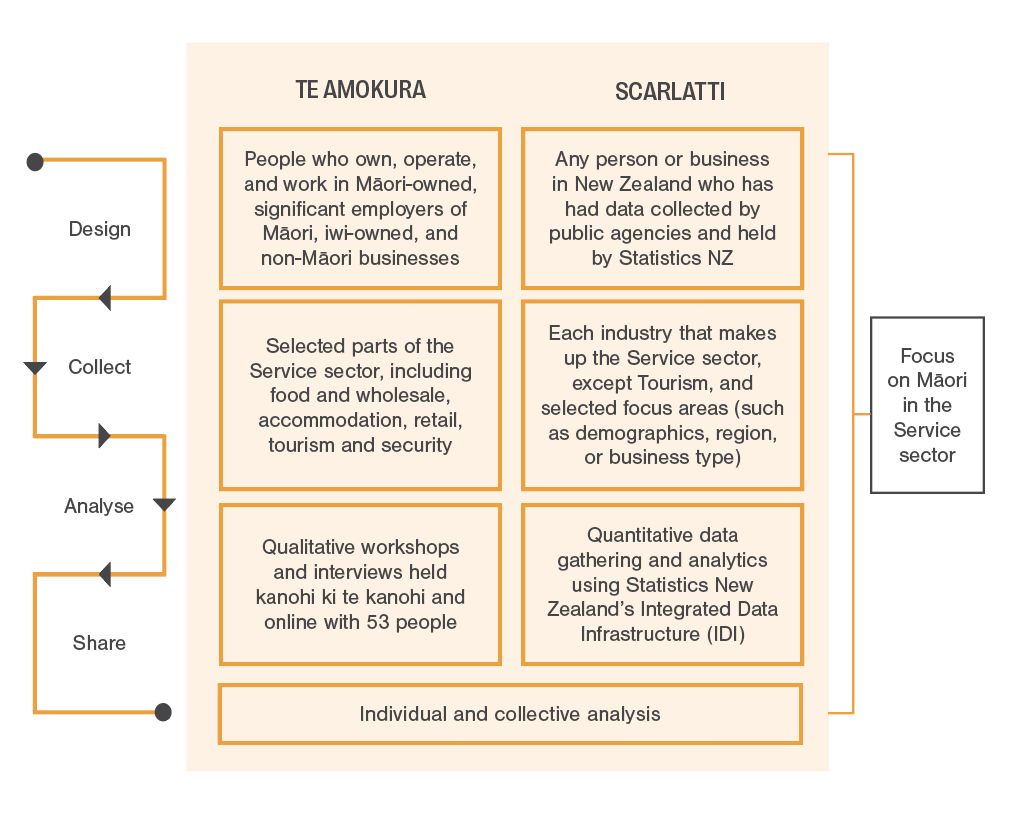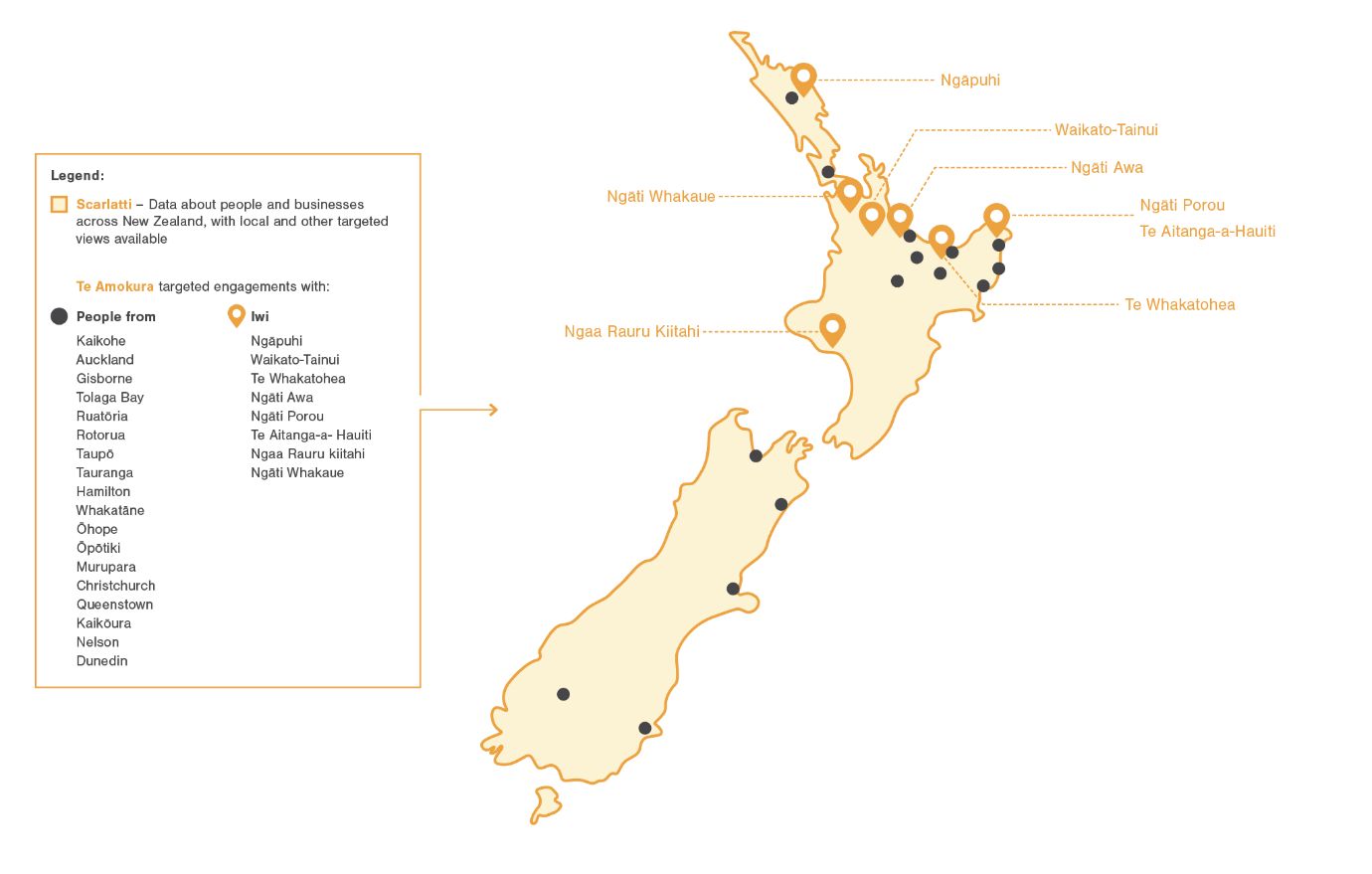Our research explores resilience and mobility in the Service sector, against the context of the COVID-19 pandemic, and with a focus on Māori views and experiences. Although out of scope for this particular project, we also recognise there is value in exploring what resilience looks like for Pacific people and Tāngata Whaikaha | disabled people. The research was carried out in the second half of 2022.
We want to acknowledge funding to deliver this project from the Tertiary Education Commission’s WDC/Transitional ITO COVID-19 Response Projects Fund. The support has allowed us to partner with teams that bring mana and expertise in qualitative and quantitative insights; Te Amokura Consultants and Scarlatti.


The concepts at the heart of this research – resilience and mobility – are difficult to define. There is no concrete definition, and we did not seek to create one. Instead, this research is an exploration of the characteristics and dynamics of those working in the Service sector, and how resilience has been shown to us through the different streams of evidence.
We have also grappled with the complexity of defining who is counted in the ‘workforce’. This type of quantitative analysis would typically focus on people who work a minimum of 30 hours per week and for at least 1 month of a year. We refer to this group as the ‘core’ workforce. However, we know that these thresholds exclude some important groups, such as those who are temporary, seasonal, or working in increasingly prominent diverse patterns of work. For example, it would exclude a cleaner who works for 5 hours each week of the year while also caring for whānau, or a high school student who works at their local café for only a couple of weeks over the holidays. We refer to this group as the ‘non-conventional’ workforce and think it could include approximately 250,000 people. As an important step towards better understanding the dynamics of the Service sector workforce, we share some examples of the differences that emerge when including this non-conventional workforce in analysis. More information can be found in the full report prepared by Scarlatti.
The research isn’t seeking to describe a single Māori perspective. We recognise that views and experiences of these concepts are diverse and complex. Importantly, we also acknowledge that Māori are often under-represented in quantitative analysis because of the way data is collected and categorised.
We would like to acknowledge the people and businesses that shared information about themselves and their experiences – whether they did that directly through Te Amokura engagements, or indirectly in terms of this project having drawn on data about people held in Statistics New Zealand’s Integrated Data Infrastructure (IDI) research database. We appreciate the gift that has been shared.
We would specifically like to acknowledge the iwi and hāpu across the motu which have participated in this research. We accept these insights as taonga and recognise the obligation we have to ensure this knowledge is treated as such. To protect the privacy of those who shared their views and experiences with Te Amokura Consultants, we have only shared selected characteristics alongside their quotes.
We hope that this research inspires new directions in understanding the Service sector, further exploration into the resources that are available alongside this document, and meaningful action.